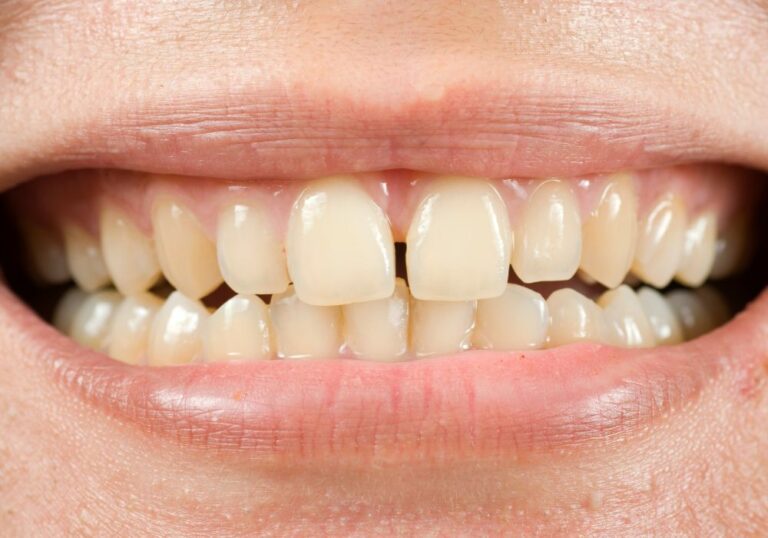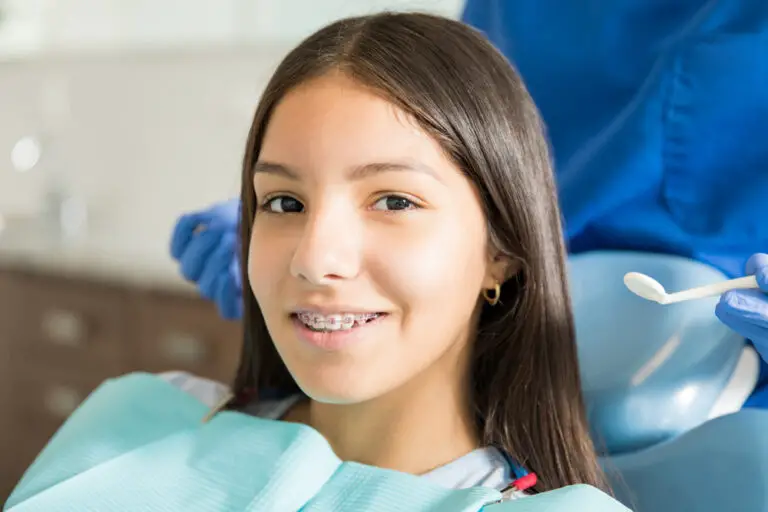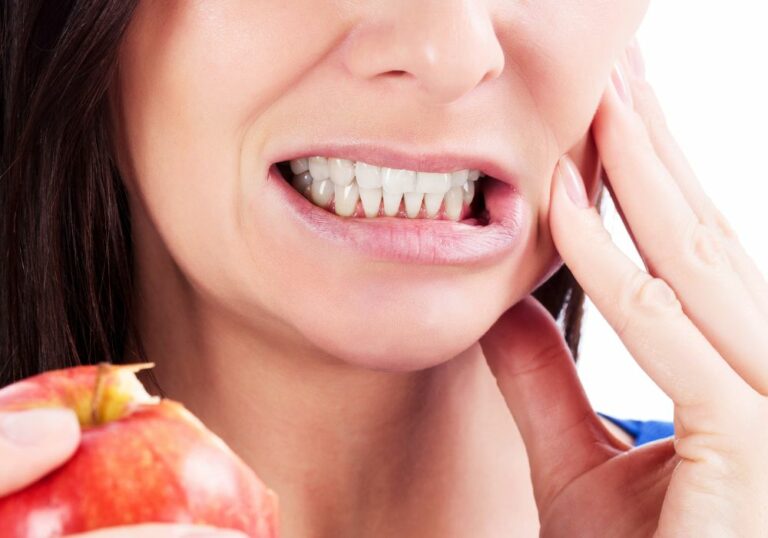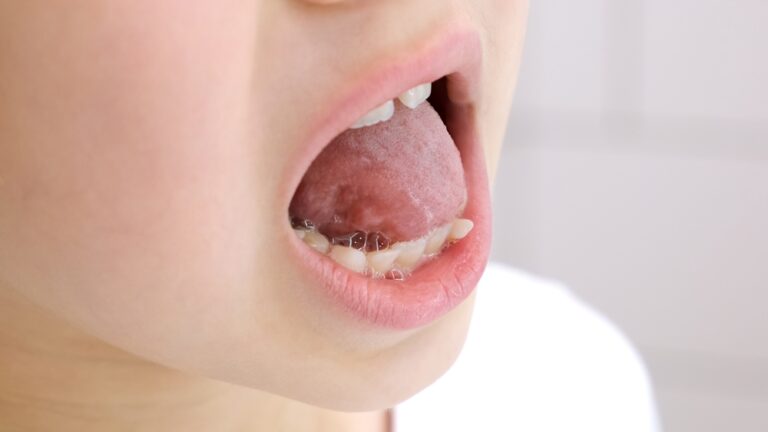Overview of tooth loss and saving fallen teeth
Tooth loss is an unfortunate but common occurrence for both children and adults. According to statistics from the Centers for Disease Control and Prevention (CDC), by age 50 over 30% of adults in the United States have lost at least one permanent tooth not including wisdom teeth. Tooth loss can occur for a number of reasons including severe tooth decay, gum (periodontal) disease, injury or trauma, and orthodontic extractions.
When a tooth is prematurely lost due to disease or trauma before its natural exfoliation time, it leaves a gap that can cause oral health and aesthetic issues. Thankfully, there are treatments available to replace missing teeth and restore smile function and appearance. However, ideal treatment whenever possible is to save and replant the natural tooth.
This article will provide an in-depth look at whether fallen teeth can be saved, which factors influence the chances of success, recommended emergency and follow-up treatment, and long-term prognosis. Information on tooth replacement options if a fallen tooth cannot be saved will also be included.
Common causes of tooth loss
There are a variety of potential reasons why teeth may become loose enough to fall out or require extraction. The most frequent causes include:
Tooth decay
Tooth decay, also known as dental caries, occurs when acids produced by oral bacteria erode through the enamel and dentin layers of the tooth. This causes a cavity to form, which can become severe enough to weaken tooth structure integrity if left untreated. Large cavities or deep decay reaching the pulp can increase susceptibility to tooth fracture. This type of decay-related damage is the most common cause of tooth loss in children and adults worldwide.
Periodontal (gum) disease
Periodontal disease involves infection and inflammation of the gums and bone surrounding and supporting the teeth. When left untreated, periodontitis can cause progressive loss of the periodontal ligament connections and adjacent bone. This disease ultimately leads to increasing tooth mobility and tooth loss if bone loss is severe. According to the CDC, about half of Americans over 30 suffer from some level of periodontitis.
Dental trauma
Trauma to the mouth from accidents, falls, fights or sports injuries can also result in tooth loss. The force from a blow or collision can easily dislodge permanent teeth with incompletely formed roots or knock teeth completely out of their sockets (avulsion). Lingual braces also elevate risk of trauma-related dental injuries.
Orthodontic extractions
Sometimes teeth need to be extracted to facilitate movement of other teeth during orthodontic treatment. Crowded teeth may be pulled to make space prior to braces. Impacted or problematic wisdom teeth are also often preemptively extracted.
Advanced gum disease
In advanced stages of gum disease with severe bone loss around teeth, extraction may be necessary due to excessive mobility or advanced periodontal infection. Patients with medical conditions like uncontrolled diabetes are at higher risk for gum disease progressing to this irreversible point.
Factors influencing success of reimplantation
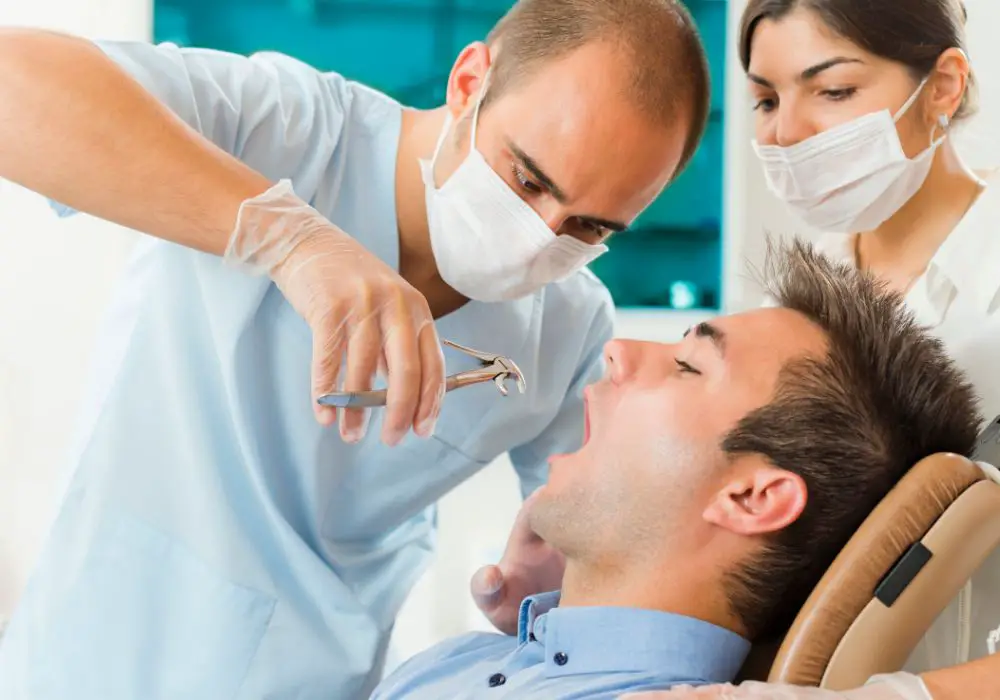
Not all lost teeth can be saved. Several key factors influence the chances of successfully reimplanting and saving a fallen tooth:
Type of tooth
The prognosis is better for anterior (front) teeth than posterior (back) teeth. Front teeth have a more robust blood supply from the surrounding gum tissue that is important for healing. Back molars and premolars are more difficult to reimplant successfully.
Degree of trauma
The less trauma a tooth experiences during the avulsion event, the better the prognosis. Gentle, intact removal with minor damage to the root and Periodontal ligament increases the chances of success. Severe fractures, cracks or crushing injuries drastically reduce chances of tooth survival.
Stage of root development
Mature, fully formed permanent teeth with closed root apices have the highest rate of survival after reimplantation. Younger teeth with incompletely formed roots have lower success rates. Primary (baby) teeth should not be reimplanted at all.
Timing of reimplantation
The time elapsed between tooth loss and reinsertion is extremely influential. Teeth reimplanted almost immediately have higher success rates. The chances of success diminish rapidly with longer periods of extraoral dry time.
Storage medium
An appropriate storage medium to keep cells on the root surface hydrated and viable is key. Save teeth in milk, saliva/oral rinse or special storage media. Avoid dry storage which can quickly desiccate and kill root surface cells needed for healing.
Degree of contamination
Less bacterial contamination of the root surface and socket site increases the chances of periodontal and pulpal healing. Scrubbing or harshly cleaning the tooth should be avoided as this can damage vital cells.
Emergency treatment steps for knocked out teeth
If a tooth is completely knocked out due to trauma, follow these emergency guidelines to give it the greatest chance of survival:
- Find the tooth. Make an effort to search for and recover the tooth fragment(s). Handle the tooth carefully by the crown or top portion, avoiding direct contact with the delicate root surface.
- Rinse briefly to remove visible dirt or debris. Do not scrub, use chemical cleaners or hydrogen peroxide which can severely damage root surface cells.
- Reimplant immediately if possible. Try to gently insert the tooth back into the socket it came from. Have the patient bite down gently on a cloth or gauze to keep it set in place. Antibiotic rinse can be used to cleanse the socket.
- If immediate reimplantation is not feasible, store the tooth properly. Place it in fresh cold milk, sterile saline, Save-a-Tooth storage media or under the patient’s tongue. Keep it hydrated – never allow dry storage which kills PDL cells quickly.
- Seek emergency dental treatment. Contact and see a dentist ASAP, ideally within 30 minutes. With each passing minute, the chances of success diminish so rapid action is essential.
- Stabilize the reimplanted tooth by having the patient lightly bite down on gauze or a splint to keep it relatively immobile initially. Avoid chewing hard foods on the affected side.
- Root canal treatment is usually required within 7-10 days due to pulp necrosis following severe trauma. Leaving damaged pulp tissue increases risk of infection called pulpitis.
- Establish a follow-up plan with the dentist for close monitoring and postoperative care to support healing.
Initial reimplantation success rates
Many variables impact the prognosis following tooth avulsion and reimplantation. However, some general time-based success rate estimates are listed below:
| Reimplantation timeframe | Mature permanent teeth | Immature permanent teeth | Primary teeth |
|---|---|---|---|
| Less than 15 minutes | Excellent (>90%) | Good (80-90%) | Hopeless |
| 15-60 minutes | Good (80-90%) | Fair (50-80%) | Hopeless |
| Greater than 60 minutes | Poor (<50%) | Very poor (<20%) | Hopeless |
In general, mature permanent teeth have higher initial success rates than immature permanent teeth and primary teeth in every timeframe. But prompt action is imperative – the longer the dry storage time, the lower the prognosis. After an hour, chances of success are low even in mature teeth.
Follow-up exams and long-term prognosis
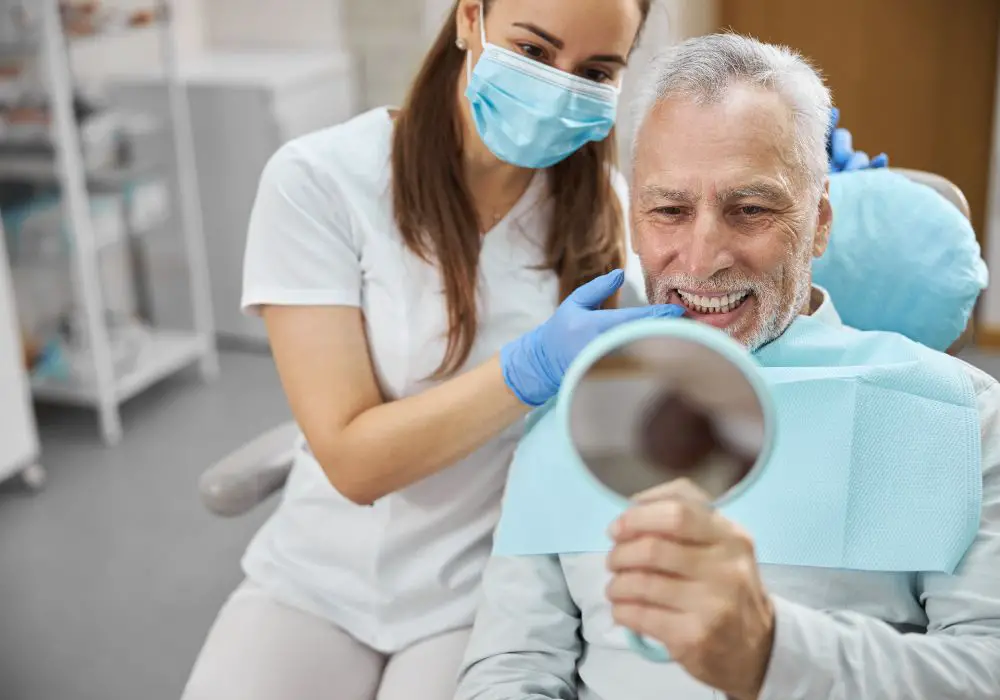
Successfully reimplanted teeth require extensive follow-up care and monitoring to maintain health:
- The highest risk of failure is in the first 1-3 months. Patients should be seen every 2 weeks for exams and radiographs to monitor for infection, mobility or other issues.
- The tooth is often splinted for up to 2 weeks to allow healing of the periodontal ligament. Gentle oral hygiene is required during this period.
- Antibiotics and anti-inflammatory drugs may be prescribed to prevent infection and control swelling.
- After 3 months, regular ongoing professional cleanings and exams are needed to follow long-term prognosis.
- Annual or biannual radiographs will be taken indefinitely to check for signs of external root resorption, ankylosis or periapical pathology.
Even with successful initial reimplantation, delayed loss can occur months or years later. The tooth may gradually become loose again or develop infection due to progressive root resorption or lack of cellular adhesion at the root surface. Tooth discoloration from root canal treatment is also likely.
After 5 years, the rate of late failures decreases but ongoing monitoring is still required. Some teeth successfully reimplanted as teenagers may still be functional decades later. However regular professional dental care is a lifelong necessity after replantation.
Root canal treatment considerations
Root canal therapy is usually initiated 7-10 days after tooth reimplantation. This procedure removes damaged or necrotic pulp tissue, disinfects the interior of the tooth, and seals the space.
This allows healing and prevents infection of the tooth’s interior which could jeopardize the replanted tooth’s survival. Pulp necrosis is very likely following avulsion due to severed blood supply and physical insult to the cells inside the tooth.
Considerations around root canal treatment include:
- The delicate tooth structure may be more prone to fracture after replantation. Careful instrumentation and irrigation is required.
- Apexification procedures may be considered for immature teeth to encourage continued root development.
- Retreatment may be required if infections develop despite initial root canal therapy.
- Porcelain restorations should be avoided. Bonded composites or crowns are better choices to reduce chances of tooth fracture during function.
Root canal treatment, and occasionally retreatment, is usually inevitable after tooth replantation. This helps support the goal of long-term tooth retention by preventing inflammation and infection of the pulp space.
Alternatives if a tooth can’t be saved
If a tooth is too severely damaged to be viably reimplanted, or eventually needs extraction due to later complications, several tooth replacement options exist:
Dental implant – A small titanium screw is surgically embedded into the bone to serve as an artificial root. After osseointegration, a realistic-looking porcelain crown is placed. Implants have excellent long-term success rates.
Fixed dental bridge – Adjacent healthy teeth are reduced and fitted with crowns that support an artificial pontic tooth. Bridges typically have good longevity.
Removable partial denture – A plastic base with artificial teeth can replace multiple missing teeth and be inserted and removed by the patient.
Dental brace – Braces or special clasps can close space from single tooth loss by shifting other teeth.
The best restoration choice depends on many factors including location of the gap, health of neighboring teeth, gum condition, and financial considerations. A dentist can advise which option is optimal after evaluating the situation.
Prevention tips to maintain intact teeth
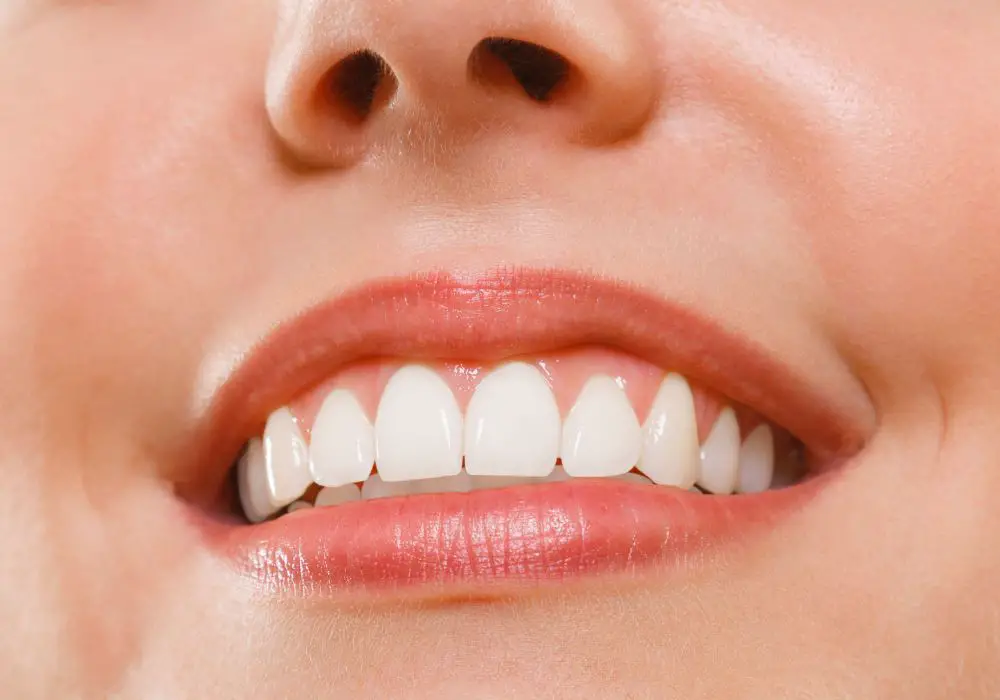
While fallen teeth can occasionally be rescued with prompt care, prevention of tooth loss is the best approach. Good oral hygiene and dental habits can help keep teeth and gums healthy:
- Brush thoroughly twice a day with a ADA-approved fluoride toothpaste. Use correct technique along the gumline.
- Floss at least once daily to clear plaque from between teeth. Food debris causes decay and periodontal disease.
- Rinse daily with an antimicrobial mouthwash to reduce oral bacteria counts.
- Eat a balanced, tooth-healthy diet low in sugary or acidic foods and beverages.
- See a dentist every 6 months for professional cleanings and careful exams to detect problems early.
- Wear protective mouthguards during contact sports to shield teeth from traumatic injury.
Avoiding tooth loss through attentive home care and regular dental treatment is always preferable to attempting to reimplant a fallen tooth. Excellent oral hygiene and avoidance of tooth-damaging habits can help maintain your natural smile for life.
Conclusion
The sudden loss of a tooth can be very distressing. However, there is a possibility of saving the tooth with rapid emergency care in some situations. Mature permanent teeth that are quickly reimplanted into their socket have the best prognosis, while primary teeth should not be reimplanted. Several key factors like the timing of reinsertion and storage conditions strongly influence success rates. Extensive follow-up treatment like root canal therapy and close monitoring are required after replantation to optimize long-term tooth retention. But diligent prevention and oral care are always best to avoid traumatic tooth loss from occurring in the first place.
Frequently Asked Questions
Q1: How long can a tooth survive outside of the mouth after being knocked out?
The prognosis depends heavily on the length of dry time before reimplantation. Teeth reinserted within 15-20 minutes have the highest success rates. After 60 minutes, the chances of pulp or periodontal ligament healing decrease significantly.
Q2: Do adults lose baby teeth like children do?
No, adults do not lose primary/baby teeth. Adults have only permanent teeth, which may become loose or need extraction due to severe dental disease or trauma. Baby teeth are naturally exfoliated as permanent teeth erupt to replace them during childhood.
Q3: What typically happens if a tooth is left out of the mouth and dries out too long?
Extended dry time outside the mouth leads to irreversible damage and death of periodontal ligament cells on the root surface as well as cells inside the pulp chamber. This makes long-term healing and survival after reimplantation very unlikely.
Q4: About how much does reimplantation and follow-up treatment cost with or without insurance?
Out-of-pocket costs vary widely but may range from $500-$1500 for the initial reimplantation, plus $1000-$3000 for needed root canal therapy and follow-up care in subsequent weeks. Dental insurance can cover a portion of these fees.
Q5: Can dentists use regular adhesives or glues to reattach fallen teeth?
No, dental adhesives are designed for bonding restorations like crowns, not whole teeth. Reimplantation relies on gentle reinsertion into the socket and the body’s natural healing ability to reconnect periodontal ligament fibers over time. Stabilization with splinting is used short-term instead of glues.

